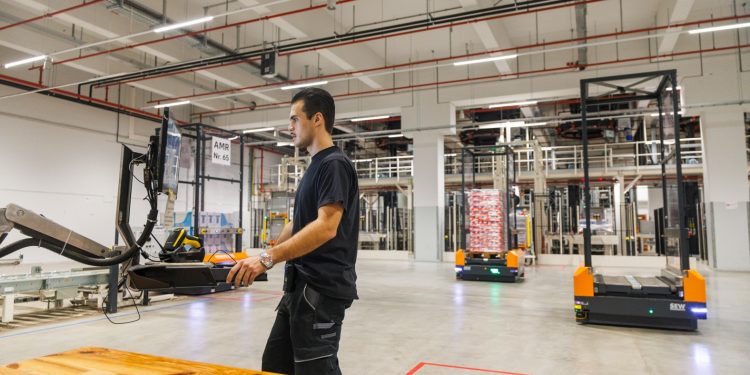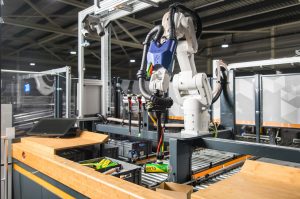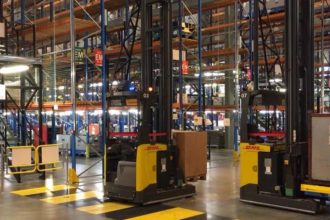Scaling Warehouse Automation: Insights from the Field

In today’s fast-paced logistics and distribution landscape, automation is no longer a luxury, it’s a strategic imperative. As more organizations implement robotics in their distribution centers (DCs), common patterns and valuable lessons are emerging to guide successful deployment and scaling.
Why Automation? Key Business Drivers
The decision to explore automation is often driven by a combination of labor shortages, cost pressures, and safety concerns. For example, one distribution center struggled to maintain adequate staffing in its sortation system—particularly during peak periods—creating an ideal opportunity to pilot automation without disrupting operations. Another approach focused on identifying the most physically demanding and undesirable tasks in the DC and automating them to improve safety and operational efficiency. For additional examples, see TRG’s case study content [here].
Measuring Success: What Matters Most
Success metrics vary but generally center around performance and operational impact. For some, the goal is for robotic systems to reach at least 75% of the human induction rate while also reducing labor costs and minimizing error or reject rates. Others emphasize throughput and worker safety, ensuring robots can handle sufficient volume to remain productive and alleviate strain on human staff.
Preparing for Scale: Communication and Training

Clear communication and workforce engagement are essential when scaling automation. Setting expectations—making it clear that robots are there to enhance jobs, not replace them—helps build trust. Successful strategies include creating roles specifically to oversee robotic operations, partnering with local colleges for training programs, and implementing site-specific education efforts. Collaboration with technology providers also ensures maintenance teams are prepared to support long-term success.
Infrastructure and Connectivity Challenges
Network infrastructure can be a hidden barrier to automation. Facilities relying on mobile connectivity may face slow response times, while hardwired setups offer more stability and speed. Upgrading to robust, reliable connections can significantly improve performance. Integration between robotic systems and existing IT architecture also presents challenges, often requiring more effort than initially anticipated.
Optimizing Freight for Robotics
Not all packages are suited for robotic handling. Identifying the types of freight that best align with automation capabilities is key. Some operations find that avoiding polybags and prioritizing flat, letter-sized items increases system reliability. Others discover that heavier, larger boxes are ideal for automated handling. These conclusions are typically refined through hands-on testing and close collaboration with technology vendors.
Culture and Engagement: Making Automation Stick
Employee engagement plays a crucial role in the adoption and long-term success of automation. Sites that actively involve their teams—by naming robots, celebrating launch milestones, or creating fun themes—tend to experience faster buy-in and better overall performance. Making technology approachable and even enjoyable helps cultivate a sense of ownership and pride among the workforce.
Lessons Learned: Persistence and Adaptability

Scaling automation isn’t a one-size-fits-all process. It requires persistence, honest evaluation, and the flexibility to adapt. Key enablers of success include listening to frontline teams, iterating on initial designs, and celebrating incremental wins. Choosing the right pilot sites, setting realistic expectations, and continuously refining processes based on operational feedback are also essential.
Final Thoughts
Automation is ultimately a collaborative journey. With the right strategy, culture, and infrastructure, robotics can be a powerful ally in creating safer, more efficient, and more resilient distribution operations. Organizations that invest in both their people and their technology are best positioned to lead the next wave of innovation in the supply chain.
Learn more about The Robotics Group (TRG): mhi.org/trg
For further articles from the The Robotics Group (TRG):
From Vision to Reality: Implementing Robotics in the Modern Supply Chain
Maximizing ROI and Mitigating Risks with Robotics
How Robots Positively Impact the Labor Shortage
How to Justify the Cost of Robotics–Part 1



